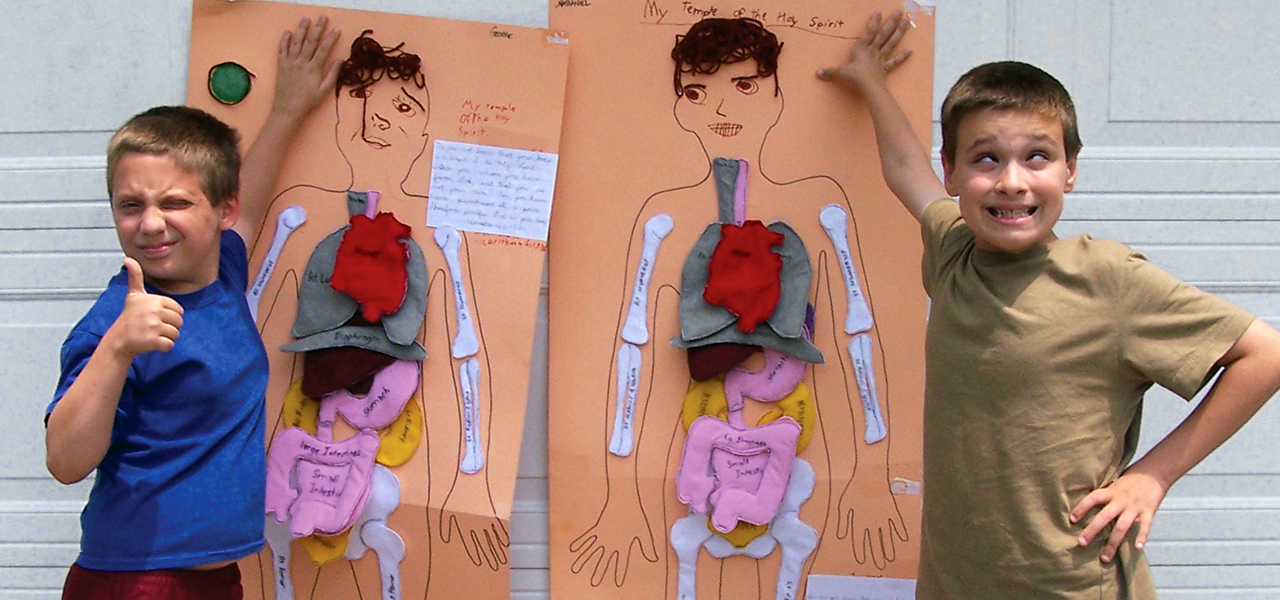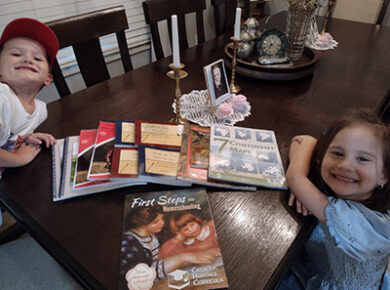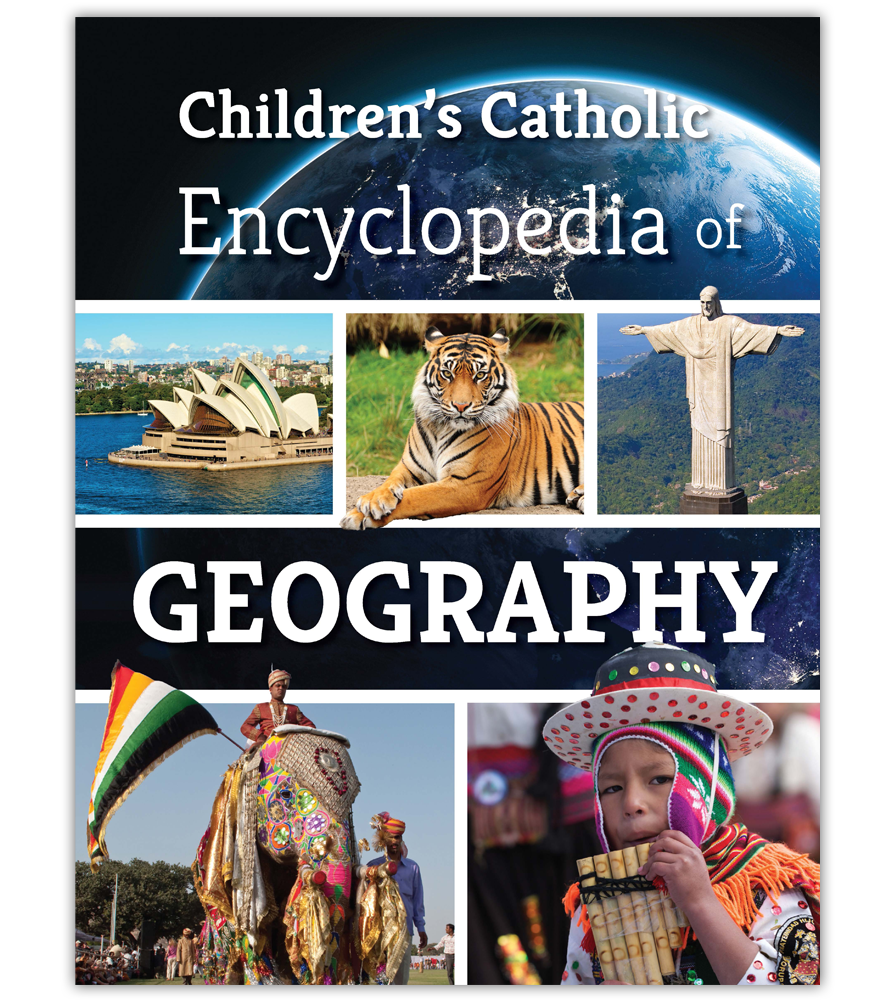CHC’s Educational Method

People sometimes ask how CHC’s educational method differs from other educational approaches, such as the Classical, Charlotte Mason, or Montessori methods. This can be a difficult question to answer since CHC strives to incorporate the best from every approach, while not boxing homeschoolers into a particular method which may or may not “fit” the unique needs and abilities of their individual children.
CHC and Classical education
In Classical education as it is usually understood, memorization plays a central role, along with the development of virtue through reading great literature. CHC’s curriculum also incorporates memorization—from short poems to scripture verses and quotations from the Early Church Fathers. We use memorization where it is useful but also focus on growing virtue. CHC’s in-depth, engaging literature program from third grade on up encourages virtue by exploring how the characters in great literature exemplify admirable character qualities and drawing out the lessons that the authors of the best children’s books communicate through stories.
CHC and the Charlotte Mason approach
The Charlotte Mason approach tends towards hands-on learning, with journaling to record newly-found treasures. Students read “living books,” books that engage readers and convey not just facts, but ideas. This method fits well with CHC’s gentle approach to fostering curiosity and discovery to establish a life-long love of learning. CHC’s easy-to-use texts and workbooks incorporate hands-on enrichment activities where appropriate, and they free up time for extracurricular activities. They also feature a wide variety of engaging exercises and bite-sized lessons which are often in story format. And CHC’s literature program guides students through some of the finest living books written.
CHC and the Montessori method
The Montessori method features a hands-on, manipulative approach to learning. Hands-on discovery—without the price tag that often keeps stimulating educational activities out of reach of those on a tight budget—is built into CHC’s science, social studies, and literature programs via suggested enrichment reading, dress-up, topic-based play, experiments, crafts, field trips, and other child-friendly presentations to make the lessons “come alive.” Further, the core curriculum is designed to draw on children’s interests and natural abilities, and a variety of additional enriching studies can be added to suit each child.
Flexible and adaptable curriculum
Instead of promoting a particular method, CHC focuses on making a curriculum that is easy to use and flexible enough to be adapted to meet any child’s unique needs and learning style. The easier the program is to use, the more time and energy the parent will have to spend on things such as:
- Extending hands-on projects for students who have a hands-on learning style
- Reading aloud to students who are auditory learners
- Field trips to make things more interesting for all learners
- Providing extra instruction for struggling students
There is also more time for activities which are not strictly academic but are still important for a well-rounded Catholic education, such as:
- Celebrating the liturgical year
- Spending time with grandparents and extended family
- Taking time off to care for a new baby
- Learning life skills by helping with chores
- Activities that strengthen family bonds, such as field trips, family read-aloud, and volunteering as a family
- Developing non-academic talents (hobbies, handicrafts, and entrepreneurial ventures like babysitting or dog-walking)
Some of the most important life lessons are not academic at all. The joys and challenges of family life educate students in the most important thing of all—love. CHC’s curriculum is constructed with maximum flexibility so that families can integrate family life and academics. The possibilities opened up by family-centered homeschooling include:
Science experiments
Science experiments can be done together as a family. This fosters leadership skills and greater mastery of the subject in the student who directs the experiment, while also encouraging cooperation among siblings and enriching family life.
Helping younger siblings
If an older child is struggling with a subject such as math or spelling, he can be assigned to tutor a younger sibling in the same subject. Teaching a younger sibling is a way for him to build confidence, review foundational concepts he may have missed, and practice cheerful service to others.
Helping Mom
Children can take turns entertaining and “teaching” the toddler for 15 minutes at a time so that Mom can homeschool or do housework. This provides a welcome break from study, encourages sibling relationships, provides an opportunity for growth in good character and maturity, and fosters self-confidence.
Conclusion
CHC puts the academic and spiritual needs of the individual child and family first rather than a particular educational method. This is the best way to summarize CHC’s educational method.
The photo at the top of this article was submitted by Nicole from Florida. She says, “Here’s a final picture of my boys (twins), age 9, with their completed Behold and See 4 felt body project that they completed today.”
Related Blogs
If you enjoyed this article, you might be interested in the related articles below.
Favorites
Explore CHC’s top favorites! From art to literature, science to hands-on religion, CHC has materials to enrich every Catholic homeschool.


















